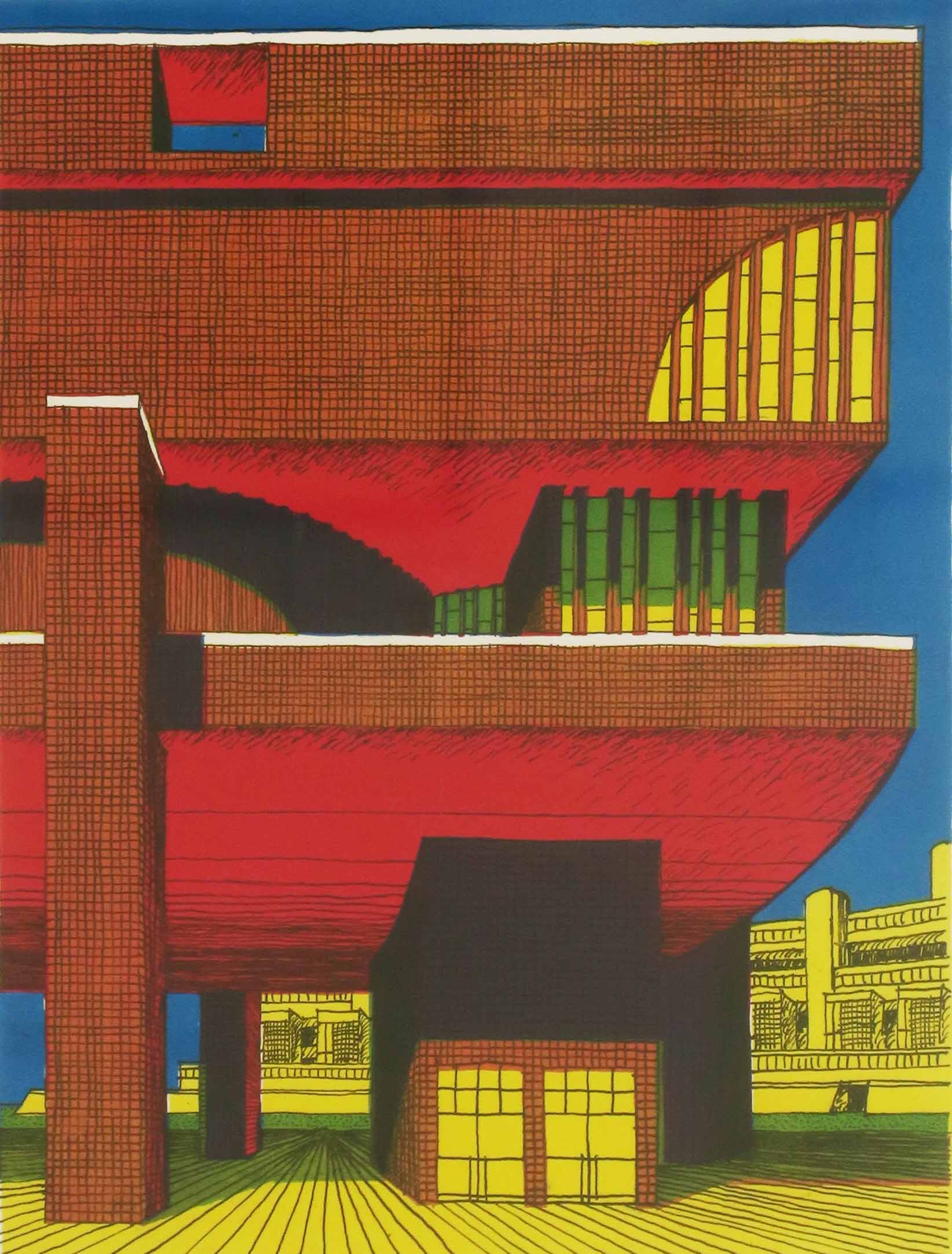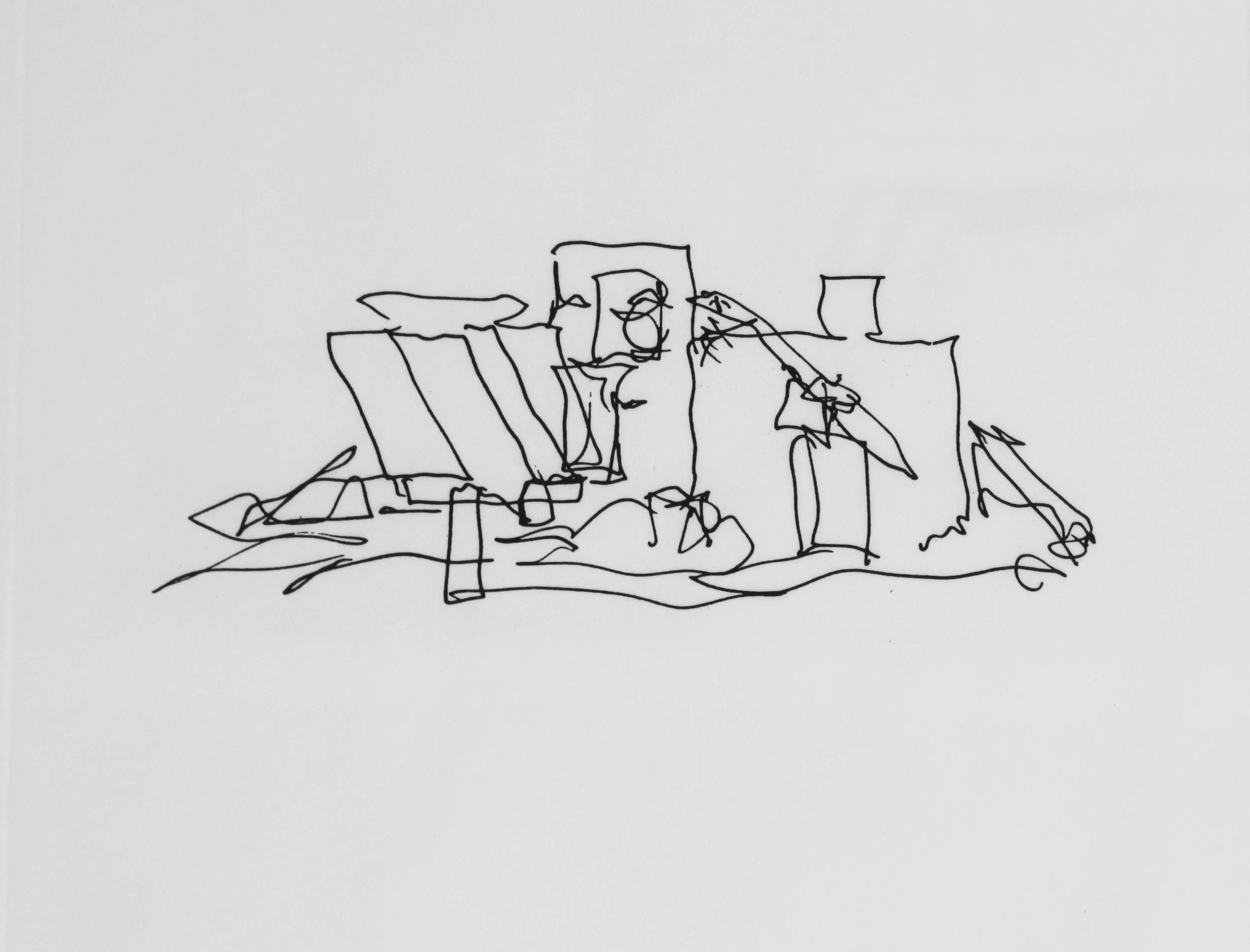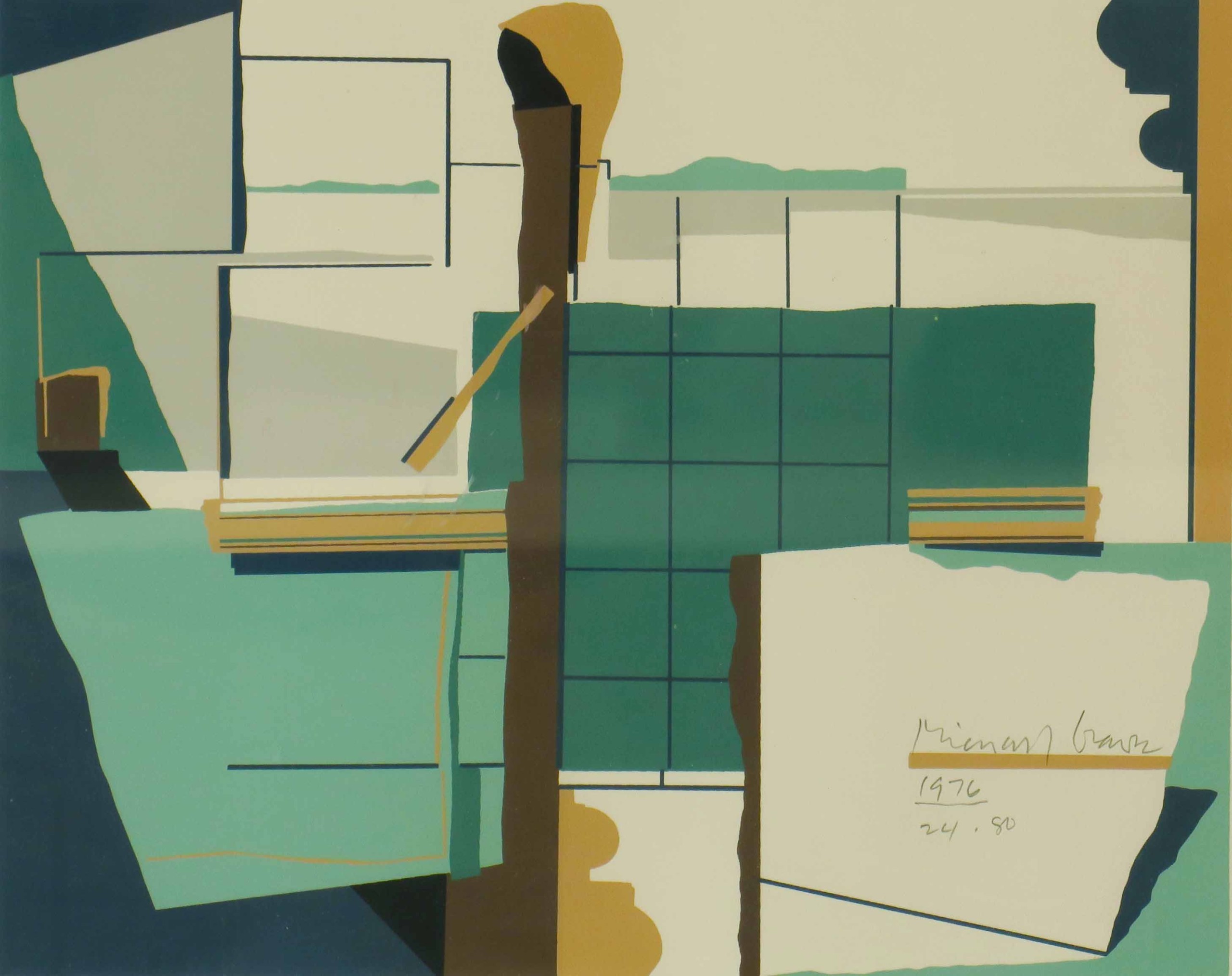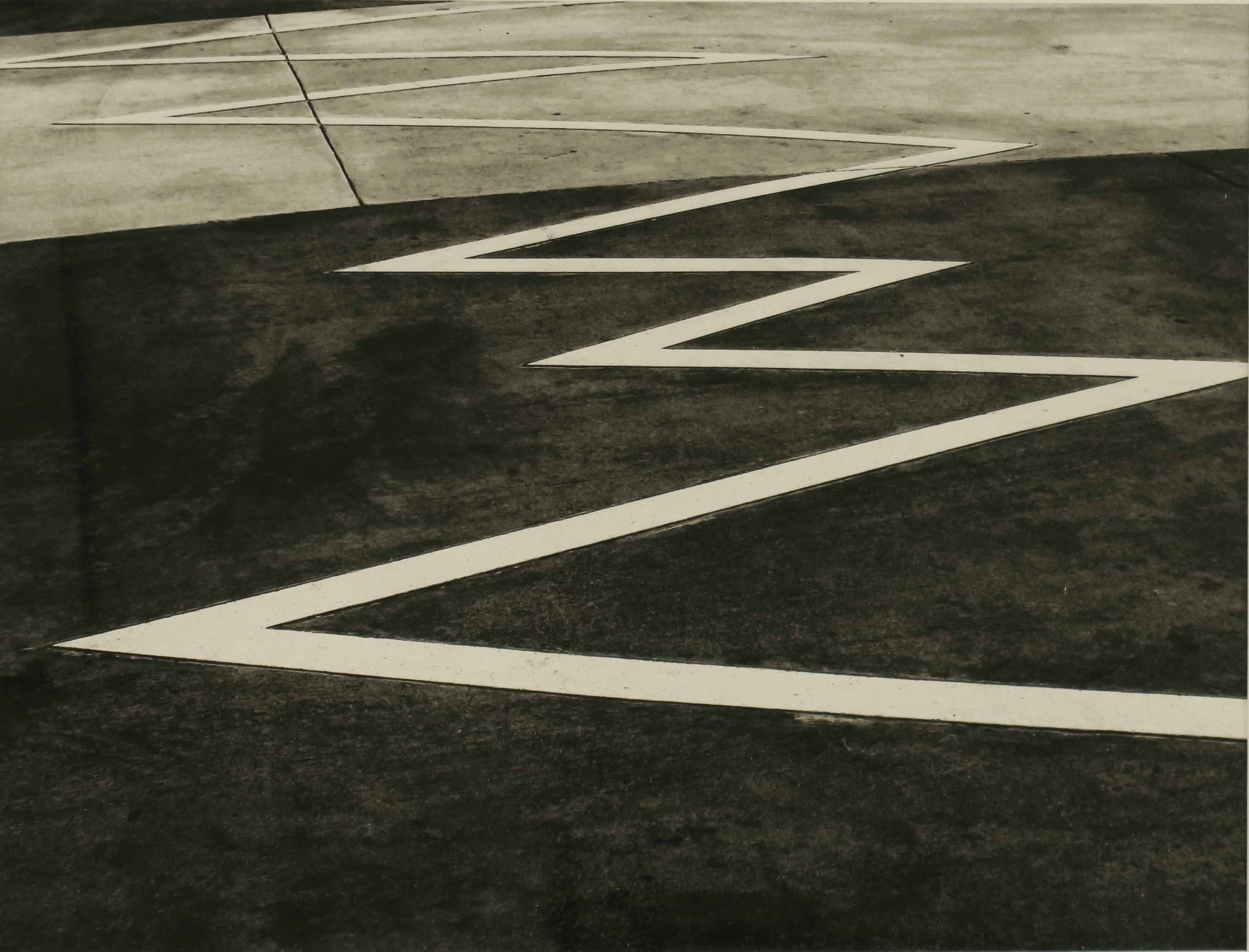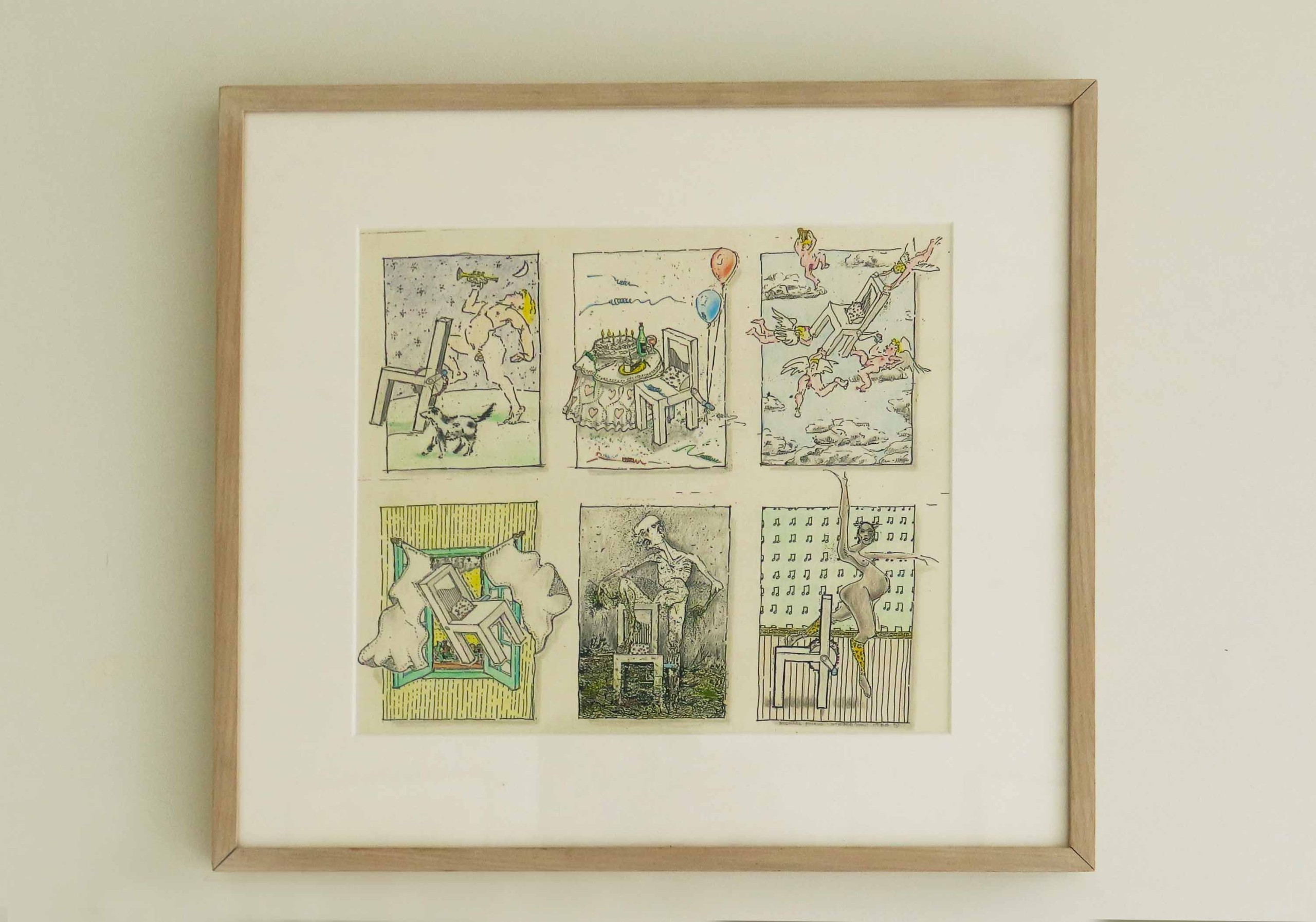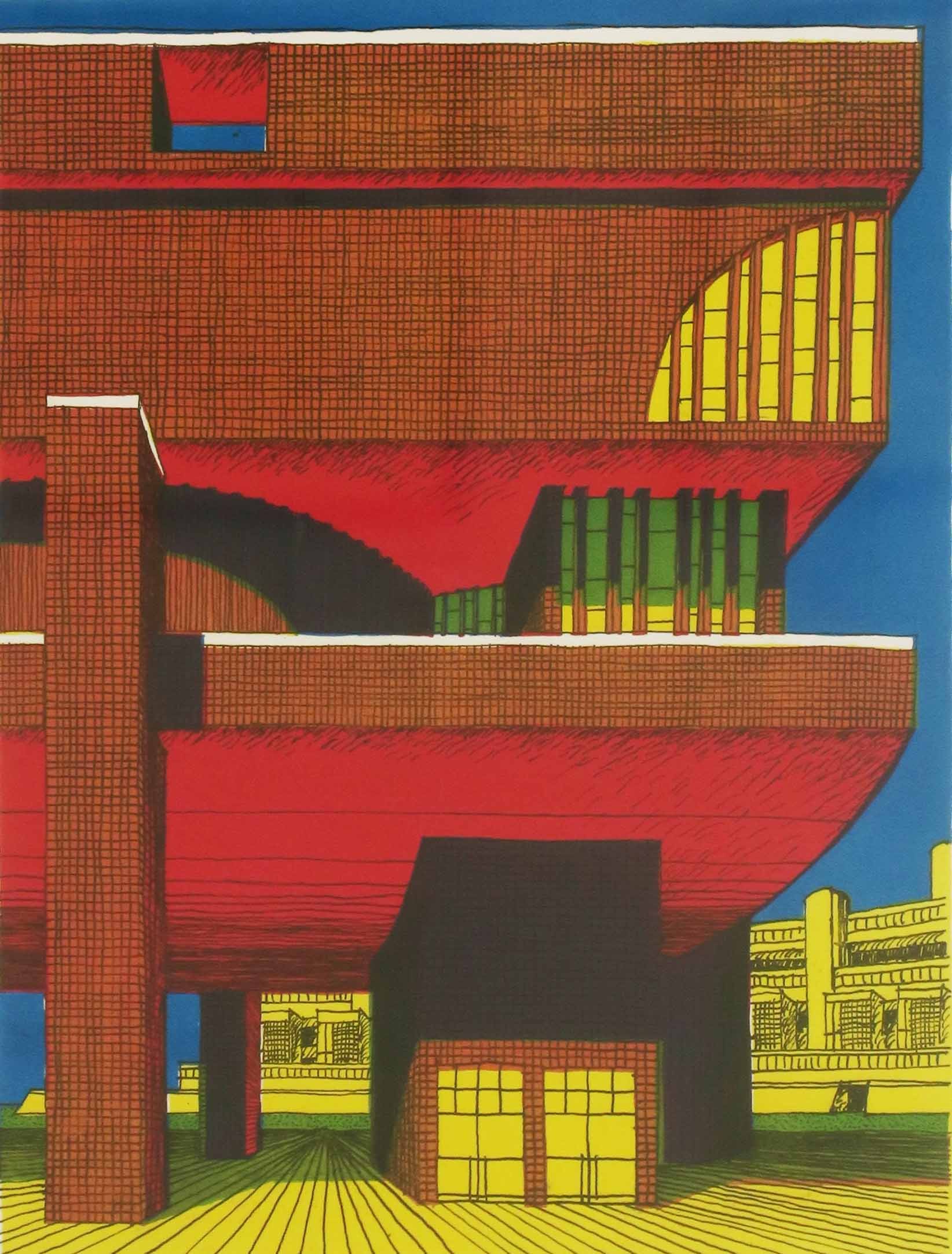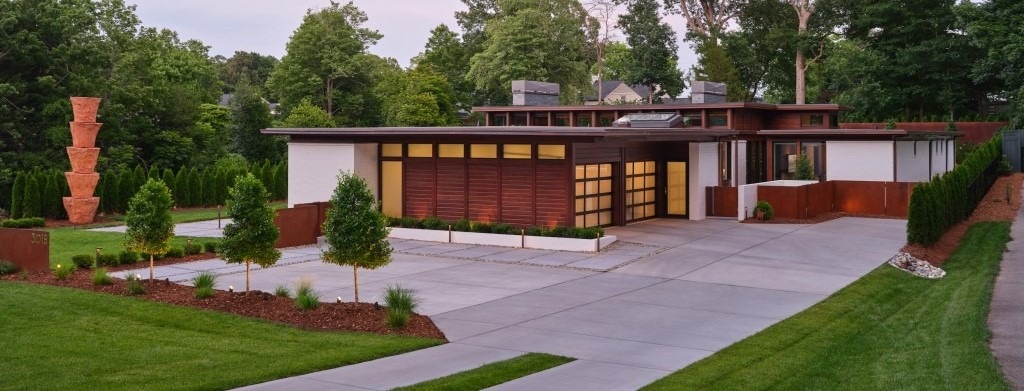The Paul Rudolph Institute for Modern Architecture in New York currently is hosting an exhibit called Architecture = Art: The Susan Grant Lewin Collection. It consists of approximately 60 architectural presentation drawings by celebrated architects, both hand-drawn and digital, as well as a section of photographs. The exhibit occupies two floors of the landmarked Modulightor Building, named for the lighting company Paul Rudolph created with Ernst Wagner in 1976.
The exhibit will run through September 20. A+A recently interviewed Susan Grant Lewin, a longtime advocate for contemporary architecture and design, as well as exhibit curator Eshaan Mehta and photographer Paul Clemence, via email:
What is the design intent of the exhibit?
Lewin: It is to explore the artistic side of architecture. When I was the architecture editor at House Beautiful Magazine, I was only interested in what I call “high art architects” – the form givers, the ones who move the field forward. These are the architects who deal with conceptual ideas. Of course, they want their buildings to stand up. But they also want them to communicate an idea.
How did the space drive the content?
Lewin: The Paul Rudolph Institute, existed independently of the exhibit. But this is a place architects and architectural fans visit. Their reaction to the show has been extremely positive.
The Paul Rudolph Institute aims to broaden the professional and general public alike awareness of architecture, so it is the perfect venue for such an exhibit. The space – the modern interiors of the Modulightor Building designed by Paul Rudolph himself – offers the perfect architectural venue in which to take in these visionaries’ artworks.
What’s included in the collection?
Lewin: Drawings in assorted media by Eileen Grey, Daniel Arsham, Frank Gehry, Billie Tsein, Carlos Aymonino, Stanley Tigerman, Joe Valerio, Eric Owen Moss, Jesse Reiser, Hani Rashid, Steven Holl, Aldo Rossi, George Ranalli, Ron Arad, Michele de Lucchi, Michael Graves, James Wines, Stanley Tigerman, John Hejduk, LOTEK , Alan Buchsbaum and many others, and also a selection of photographs by architectural photographers like Ezra Stoller, Paul Clemence, Robin Hill, Norman McGrath, Frank Oudeman and others.
Why so many drawings?
Lewin: I have been collecting since the 1980s, I have a collector’s disposition and I enjoy the hunt. I collect works by architects, photographers and designers who are at the top of their game and contributing to the field. These drawings transcend function. They are personal, poetic and often provocative. They show how architecture begins with a bold visual idea.
I started collecting architectural drawings when I was the architecture editor of House Beautiful magazine. A former art dealer, Max Protetch started offering shows of these drawings. I fell for them and started collecting. Years later I was the Global Creative Director of Formica Corp. In that role, I was commissioning architects and designers to create objects out of the company’s materials. I told them I collected drawings and they often offered me one.
Here, there are about 60 drawings and 10 photographs. Without sounding pretentious, all these architects, designers and photographers approach their work as an art form. They are going way beyond just documentation. For example, Paul Clemence’s bold photograph of painted lines on a street is shot so artfully that it resembles an abstract painting. Alan Buchsbaum’s colored pencil drawing of chairs is a still life. The same can be said for Aldo Rossi’s brilliant colored blueprint of the Theatro del Mundo in Venice. It is a poetic and evocative drawing.
And the photography?
Mehta: Photography is an integral part of understanding architecture as an art. The art of architecture extends beyond just the drawings we’ve exhibited. Capturing the art of the built environment through the art of photography was important to the comprehensiveness of “Architecture = Art.
Lewin: As a former magazine editor, I know how important good photographs
are! So photography is also very important to me!
These images are not merely records of completed buildings but carefully composed works that stand on their own as art. Like the drawings, they express atmosphere, intention, and the emotional experience of architectural space. They underscore the role photography
plays in shaping our understanding of the built environment.
Clemence: My photography is all about capturing the spirit of a place and the essence of a design idea, so it’s very special to see my work alongside these visionary drawings.
For more, go here.

